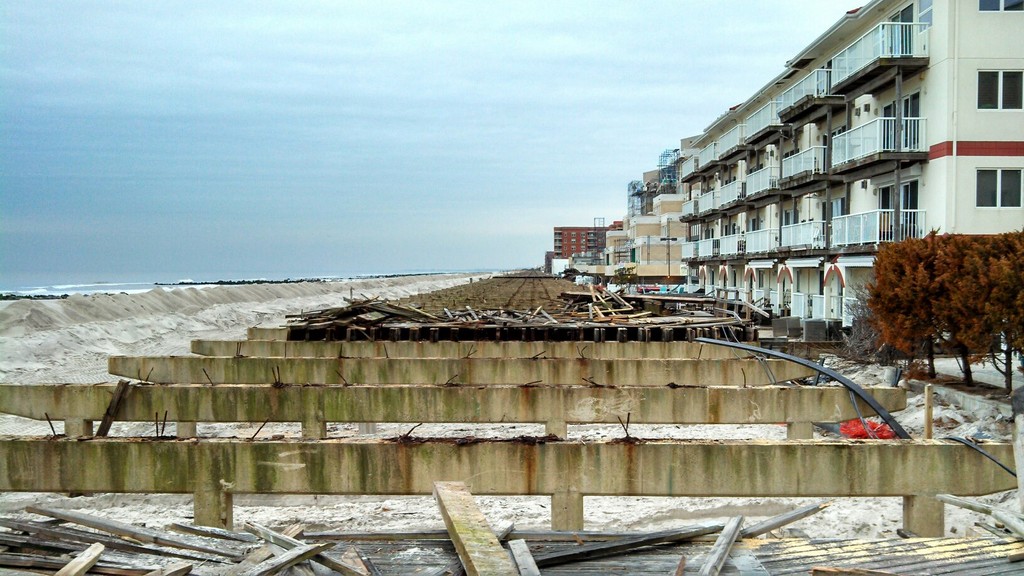CP&E’s storm protection recommendations make sense
Nearly three months after Hurricane Sandy, we cannot forget the lessons that we have learned. Though Long Beach pulled together as a community in extraordinary ways — we have focused on helping our neighbors, supporting local business and thinking outside the box to solve problems — I am afraid that in our rush to get back to normal, we will let some of what we have learned slip from our collective memories. This would be unfortunate and on some level, irresponsible.
As president of the Long Beach Surfer’s Association, I have been asked many times for my thoughts regarding the rebuilding of the boardwalk and the mitigation of flood issues pertaining to the bay.
My response is always the same: I think that we should pursue the recommendations made by the city’s independent consulting firm, Coastal Planning & Engineering Inc. In 2009, the city released a coastal protection study conducted by CP&E, which offered recommendations for implementing a revised federal storm-protection program that addressed a number of concerns that pertain to protecting the beachfront and homes along Reynolds Channel.
I am amazed by how many people have no idea what I’m talking about.
The majority of residents seem to know about the city’s decision against moving forward with an Army Corps of Engineers plan in 2006. What most people don’t know is that when that decision was made, the city hired CP&E to come in and evaluate Long Beach’s unique needs and make recommendations regarding storm protection.
Recently, the city extended this contract, which will allow us to receive assistance from CP&E as we enter renewed negotiations with the Army Corps. In its most basic form, CP&E’s recommendations are as follows: Build a protective wall under the boardwalk that rises 17-feet-above sand level, and anchored 30-feet-below sand level. The wall could be extended through the West End and into the East End to provide protection for those areas as well.

 49.0°,
Fair
49.0°,
Fair 




